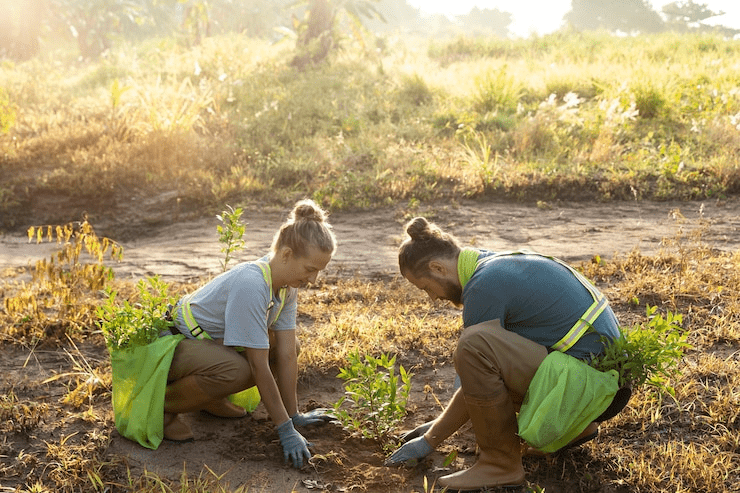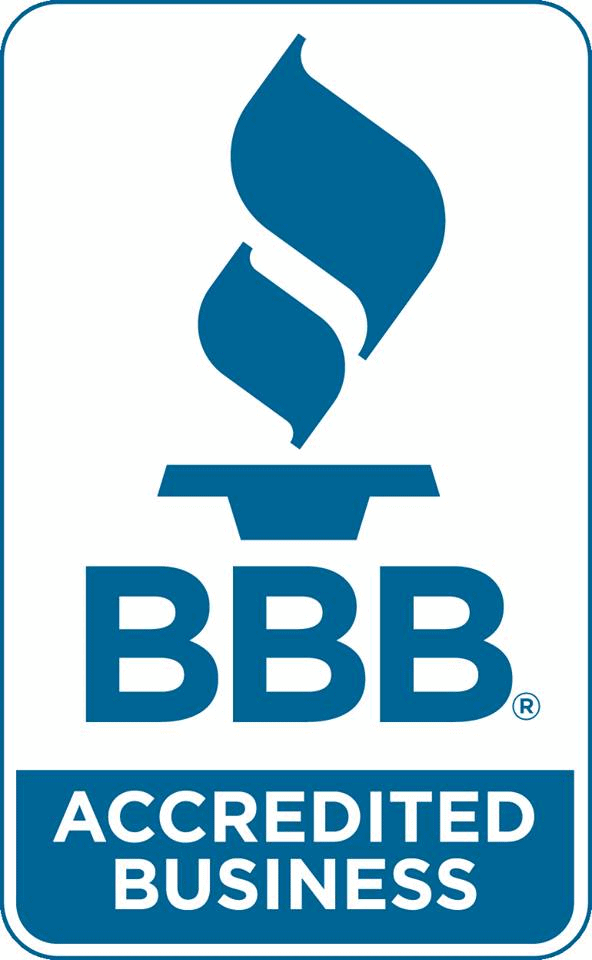4 Eco-Friendly Tips To Take Care Of Trees

Have you ever wondered what the world would look like without trees? Nothing to offer you shade when you go out for a walk. Limited sources to pluck fruits from when you forage. Nowhere to sit under and carve your initials in. Not to mention a depleted oxygen supply. Unfortunately, the way humans are eroding our natural resources, there may be a future where there will not be a lot of trees left.
This is why various groups and companies have started projects and campaigns addressing environmental issues. For example, there are campaigns to reduce plastic in the ocean for our marine friends. Recycling in communities is an initiative that has been around for years, and we’ve seen more of that happening. More people are becoming conscious of the negative impact that our ways have on the environment. Even corporations have become eco-conscious, with many employing a sustainable management strategy that reduces their carbon footprint.
Another thing that is gaining traction in communities is tree planting. Many communities and governments include tree planting activities in their environmental programs. In fact, if you have a backyard, accessible public space, or community garden, you can start your own tree-planting program.
These programs, though, should not just end with tree planting. These man-made “forests” need managing as they grow. So whether you have a sapling growing in your backyard or are interested in helping maintain healthy trees in your home and community, the eco-friendly tips on taking care of trees should help you.
Eco-friendly tips in tree caring
Water your trees
When caring for a young tree, it is essential to water them regularly. How often depends on where you live and the weather. A general rule of thumb is to water trees every two weeks. More often, if it is summer or you live somewhere dry. Less often, if it is the rainy season or you live somewhere that rains a lot.
You will want to water your trees slowly to allow the roots to absorb the water. You can use a soaker hose and turn it down to where you only see water beads forming on the surface. Leave it there for an hour. It won’t consume too much water since the flow is not fast and strong.
You also need to ensure that you are watering near the trunk, where the root ball is, and not the leaves. This is because the roots deliver the water to the leaves, not the other way around.
Even more giant and older trees with deeper root systems will need watering during drought. So keep an eye on the weather and the heat.
Feed your trees
Not with literal food, of course, but with fertilizer. Young trees are the ones that need fertilizer the most since they are the most vulnerable. So you need to fertilize your saplings regularly. For eco-friendly fertilizers, you can use store-bought organic fertilizers. Or, if you want to be thrifty about it, you can use manure, peat, worm castings, and the like.
When to fertilize your trees depends on who you ask. It used to be that people were advised to fertilize in early spring before the new growth begins. But now experts are saying the best time to fertilize is late fall. Because this is the time when trees rely more on their roots for nutrients.
Much like everything in life, the key to fertilizing is balance. Unfortunately, over-fertilizing and under-fertilizing are both terrible for your trees.
Layer on the mulch
Mulch is what helps the soil around your trees improve. You don’t want complicated, compact soil around your tree roots since this makes it harder for the roots to penetrate deeper into the ground in search of water and nutrients. Adding layers of mulch around a growing tree helps the soil retain moisture, giving more time for your trees to absorb the liquid. It also helps insulate the roots of your trees, preventing them from drying out.
You can make mulch from tree bark and wood chips. Spread them around the three in a 3-inch or 4-inch layer. As the mulch decomposes, it adds to the soil quality around your trees.
Trim trim trim
Trimming or pruning a tree is one way of keeping your tree healthy. Pruning involves cutting away dead or sick branches that could otherwise pose a safety threat to not just your tree but also unsuspecting people and animals passing under your tree. For example, dead branches can break away and fall to the ground, hitting anyone and anything in their path.
Pruning also establishes how a tree grows. It allows you or your friendly neighborhood arborist to check the trees for weak branches and prune them before it compromises the structural integrity of your trees. In addition, pruning keeps your tree healthy by removing sick leaves and branches that could otherwise spread disease and infection to the other branches.
Conclusion
Trees are an essential part of our ecosystem and must be protected and preserved. There are several ways of taking care of the trees that use organic or readily available materials. However, ensuring enough healthy trees around us will benefit us and our environment more.
If you want to know more about how we can help you take care of trees on your property, or if you have problem trees that you wanted to be checked out or trimmed, contact us and we’ll be in touch right away.



You must be logged in to post a comment.